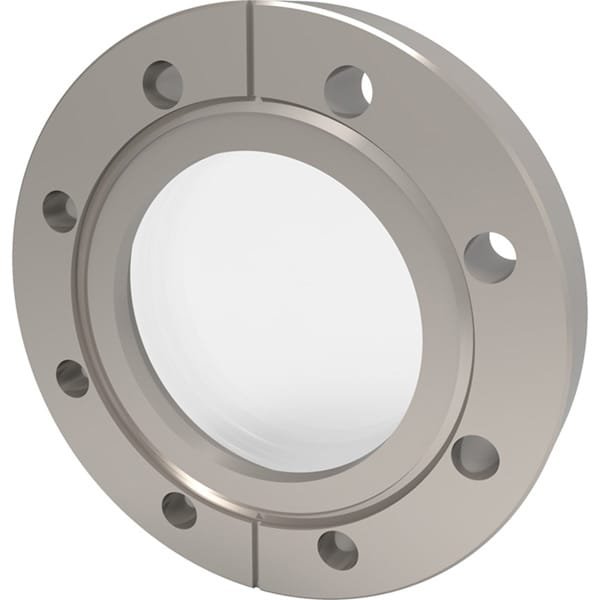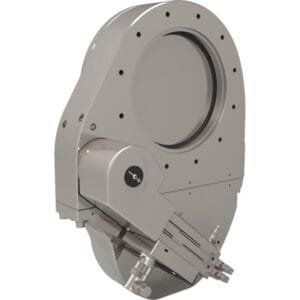Features of CF Flanged Quartz (Fused Silica) Non-Magnetic Viewports:
- Constructed using premium-grade materials adhering to Ultra-High Vacuum (UHV) standards.
- Suitable for integration with vacuum systems capable of achieving UHV conditions.
- Sealable with fully annealed copper gaskets to minimize stress-induced effects.
- In case of material deposition during processes, we highly recommend utilizing a viewport shutter, as deposits can degrade and compromise the optical clarity of the lens.





Reviews
There are no reviews yet.